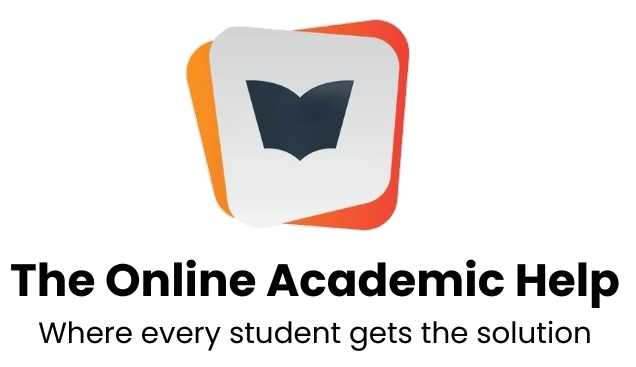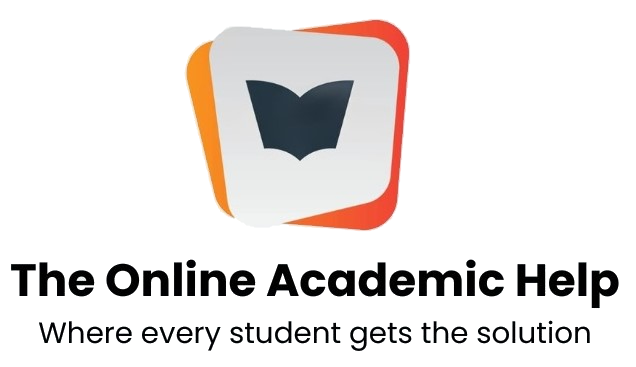Title: The United Nations Sustainable Development Goals
LEARNING OUTCOMES:
Identify historical, contemporary, global, and local views, theories, perspectives, issues, concepts, priorities, and practices of sustainability in early childhood contexts.
Integrate global, ecological, and social sustainability into early childhood education.
Length: 10 slides
DUE: Jun 12
For this assessment task, you will need to consult with the subject academic to choose one of the United Nations 17 Sustainable Development Goals (SDG) that you are personally interested in. I chose GOAL 4: QUALITY EDUCATION. Kindly access this website https://www.un.org/sustainabledevelopment/education/ for further information, it includes readings and YouTube
Once you have selected the SDG focus, narrow the goal into one specific contemporary sustainability issue. Your multimodal text should:
- Discuss why the SDG and sustainability issue is important from a global and local perspective; why you have a personal interest in it; and how it relates to early childhood education.
- Describe the specific sustainability issue you have selected and its importance to early childhood education.
- Identify possible actions and ideas to bring awareness of this issue within an early childhood context.
Also, could you please kindly refer to the EYLF, learning outcomes 2
OUTCOME 2: CHILDREN ARE CONNECTED WITH AND CONTRIBUTE TO THEIR WORLD
Children become socially responsible and show respect for the environment
This is evident, for example, when children:
· use play to investigate, project, and explore new ideas
· participate with others to solve problems and contribute to group outcomes
· demonstrate an increasing knowledge of, and respect for natural and constructed environments
· explore, infer, predict and hypothesize in order to develop an increased understanding of the interdependence between land, people, plants, and animals
· show growing appreciation and care for natural and constructed environments
· explore relationships with other living and non-living things and observe, notice and respond to change
· develop an awareness of the impact of human activity on environments and the interdependence of living things
FURTHER RELEVANT WEBSITES
United Nations Sustainable Development Goals. (n.d.) Take action for the sustainable development goals.
Early Childhood Australia. (2020).https://www.earlychildhoodaustralia.org.au/wp-content/uploads/2019/05/Learning-Hub%E2%80%94Spend-a-minute-1916-final-1.html
Elliott, S., & Davis J. M. (2018). Challenging taken-for-granted ideas in early childhood education: A critique of Bronfenbrenner’s Ecological Systems Theory in the age of post-humanism (Links to an external site.). In Cutter-Mackenzie, A., Malone, K., & Barratt Hacking, E. (Eds.) Research handbook on childhood nature. Springer international handbooks of Education. (pp. 2-19 ). Springer.
Hill, A., Emery, S., Nailon, D., Dyment, J., Getenet, S., McCrea, N., & Davis, J. M. (2014). Exploring how adults who work with young children conceptualise sustainability and describe their practice initiatives Australasian Journal of Early Childhood, 39(3), 14-22.
Weldemariam, K., Boyd, D., Hirst, N., Sageidet, B. M., Browder, J. K., Grogan, L., & Hughes, F. (2017). A critical analysis of concepts associated with sustainability in early childhood curriculum frameworks across five national contexts. International Journal of Early Childhood, 49(3), 333-351.
United Nations Human Rights Office of the High Commissioner. (1995). Conventions on the rights of the child.
VIEWING
Empoysure (2017, July 14). What is the fair work act? [Video]. YouTube.
TED. (2015, Dec 3). Michael Norton: How should global wealth be distributed [Video].
UNICEF Innocenti (2016, April 14). Fairness for children – Income and Education Inequity [Video]. YouTube.
World101 (2019, Jun 18). International Trade Explained [Video]. YouTube.

